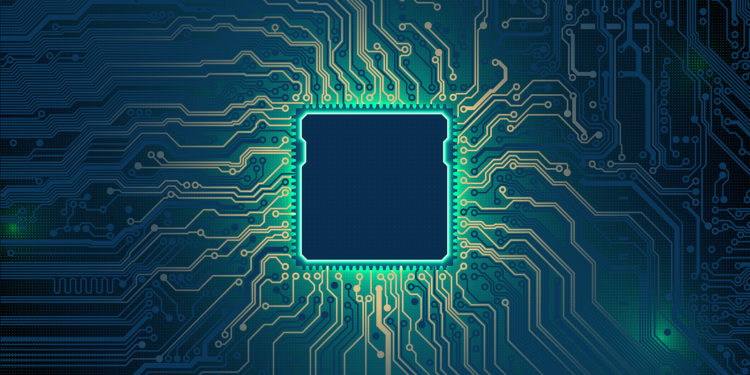We don't yet know how powerful or energy efficient Apple's upcoming "M2" chip will be, but Apple's previous processor developments in the iPhone may provide a clue, according to a new report.
Apple is expected to unveil the “M2” chip sometime in 2022. While there are some rumors about the improvements the chip will bring to the Mac, a MacWorld writer is of the opinionthat you can get a more accurate idea of how big an upgrade the "M2" will be by looking at Apple's A-series chips. The report starts with the assumption that the M2 chip will be similar to the M1 as the A15 Bionic is to the A14 Bionic. From there, it extrapolates what the "M2" might look like if it makes a similar jump.
“M2” chip: Performance jump could be high
The M1 is based on the basic architecture of the A14 and has twice the number of powerful CPU cores (four instead of two) and twice the number of GPU cores (eight instead of four). It is, for lack of a better explanation, the 'A14X' that would otherwise be in the iPad Pro.
Basically, the next generation chip will have twice the number of high-performance cores and twice the number of GPU cores.
When predicting the features and performance of the M2, we assume a similar pattern, only this time with the A15: the same architecture with twice as many high-performance cores and GPU cores.
Based on the A14 and A15, MacWorld has extrapolated how big a performance jump the new "M2" could bring to the Mac. According to benchmark estimates, it could be a significant jump.
Results should be treated with caution
The article notes that the "M2 Max" could be way ahead of Intel's latest and greatest Alder Lake Core i9 with a score of over 14,000 points. Of course, the "M2 Max" will also likely be much more power efficient. In addition, the extrapolated data also shows a significant increase in graphics performance, including a score of 10,409 points in 3DMark, versus 7,781 points for the M1. MacWorld notes that the performance increase from improved manufacturing processes was not taken into account, as there is no way to extrapolate or quantify it. Of course, the estimates are only rough predictions, so the estimated results should be taken with a grain of salt. So whether the "M2"'s performance matches the extrapolated data remains to be seen, as the architectures are not identical, nor are the intended use cases. (Photo by ValeryBrozhinsky / Bigstockphoto)





